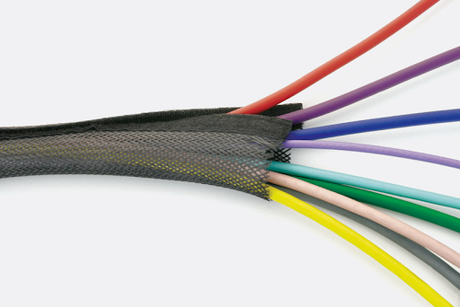
Any line with an electric charge is called a hot or ungrounded wire. It carries power from a source to a destination, such as a switch or an outlet. Unlike ground or neutral cables, it delivers a strong current that can be fatal toa person who touchesit.
When fixing electrical systems, the first thing you have to do is turn off the main circuit breaker. Equally important is knowing where the hot wires are. You should never touch them directly or connect them to ground or neutral wires. Their contact creates electrical arcs that can start a fire.
Identifying Hot WiresThe best way to recognize these cables is to look at their color. The National Electrical Code (NEC) specifies acode for every wire that describes its application. So, whether its insulator is made of polyvinyl chloride (PVC) or heat shrink FEP tubing 1.3, you'll know what it's for based on its color.
Hot wires with a black coating contain carbon.It's the most affordable componentyou can add to jackets and insulatorsto inhibit the flow of electrical current. It also makes them more durable and resistant to sunlight, as UV rays can make the cables brittle.
Red
Red ones are typically used as secondary hot wires in 240-volt systems. These are circuits with 3 lines, 2 of which deliver 120 volts each. They're found in light switches and some outlets. The color can also have a different meaning for cars and smoke detectors. There's no consistent definition for these cables, so it's better to handle them with caution.
White with Black or Red Tape
White PVC or heat shrink FEP tubingindicates a neutral line, but the NEC made an exception for network loops. They're wiring circuitsthat connect light fixtures to a switch, so you don't have to plug in your lamps and bulbs. Their cables have a red or black tape looped around them to show that they're hot wires.
Blue and Yellow
You can find these two together in an electrical conduit. The blue ones are used as travelers. They allow you to control fixed appliances from more than1 location. Meanwhile, yellows are used for switch legs, the line that supplies electricity when fixtures are turned on.
Imagine if all cables looked the same. You'd probably see fireworks often. Kidding aside, jackets and insulators made of PVC or come in an array of colors, so make sure you know which ones are hot wires. You don't want to risk harming yourself or damaging anything at home.

